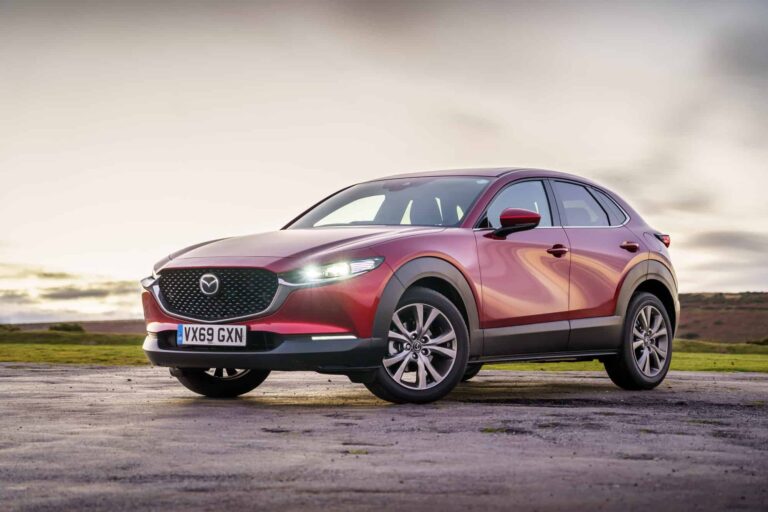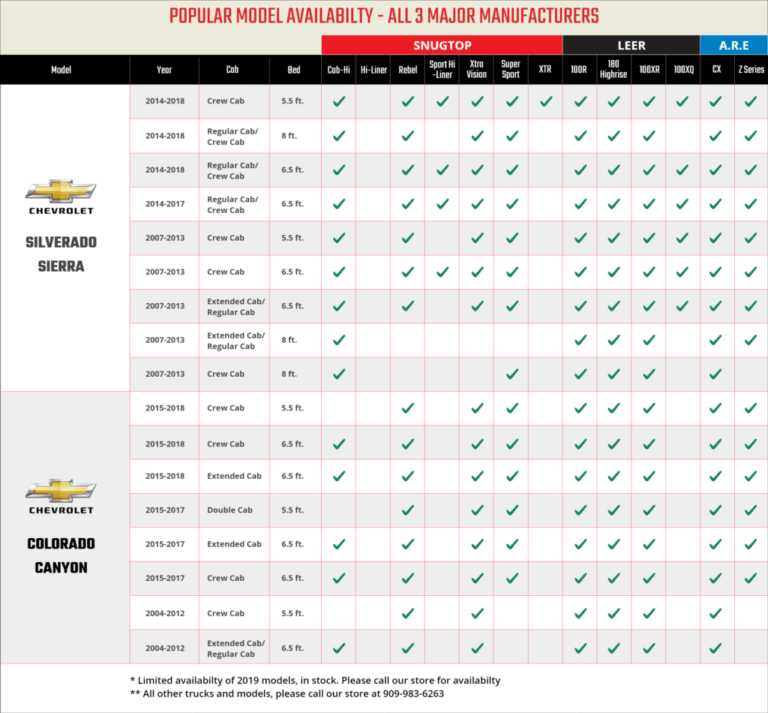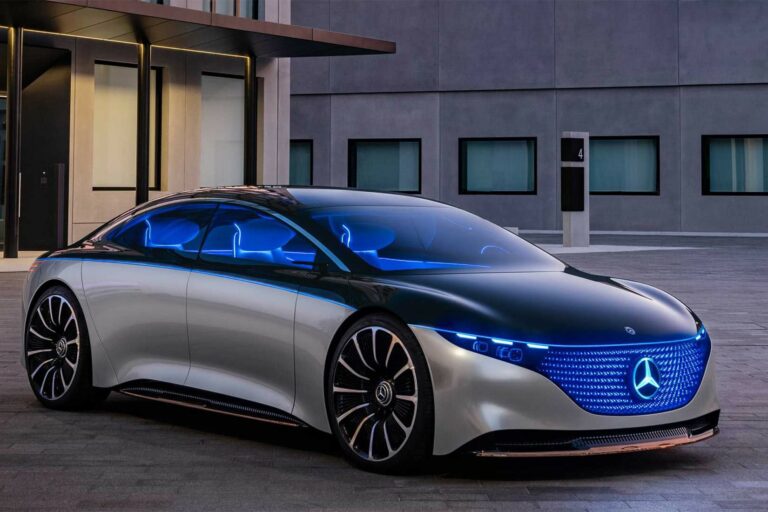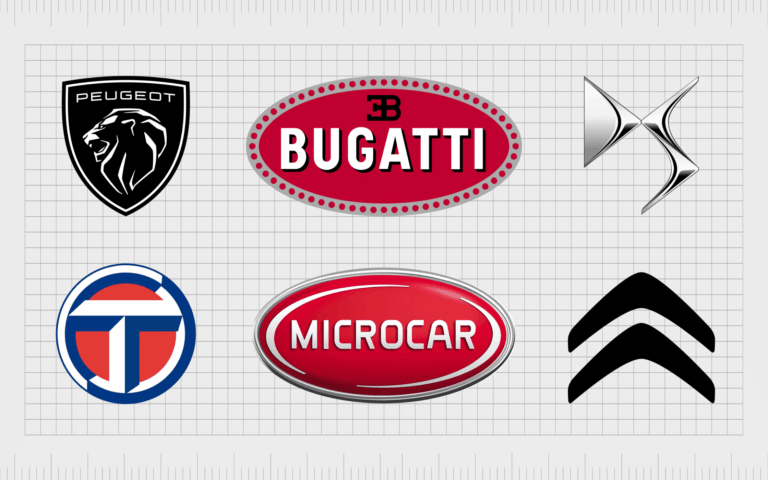2019 Car Sales By Brand: A Deep Dive into a Pivotal Year for the Automotive Industry
2019 Car Sales By Brand: A Deep Dive into a Pivotal Year for the Automotive Industry cars.truckstrend.com
The year 2019 stands as a fascinating and pivotal moment in the history of the global automotive industry. Far from being just another year of sales figures, it represented a complex interplay of economic shifts, evolving consumer preferences, burgeoning technological advancements, and geopolitical tensions. Understanding 2019 car sales by brand offers a crucial snapshot of the competitive landscape, revealing which manufacturers thrived, which struggled, and the underlying trends that would profoundly shape the industry for years to come. This article will meticulously explore the dynamics of 2019 sales, dissecting the performance of major brands, identifying key market movers, and providing actionable insights into the forces that drove one of the most transformative periods for the auto sector.
The Global Automotive Landscape in 2019: A Year of Nuance
2019 Car Sales By Brand: A Deep Dive into a Pivotal Year for the Automotive Industry
Before delving into brand-specific performances, it’s essential to set the stage with a broader understanding of the 2019 global automotive market. Unlike the sustained growth seen in previous years, 2019 marked a period of general stagnation or even slight decline in global vehicle sales. Major markets like China, the world’s largest, experienced a significant downturn, while Europe faced economic uncertainties and the looming specter of Brexit. North America, though relatively stable, saw a continued shift away from traditional passenger cars towards SUVs and light trucks.
Several macro-economic factors contributed to this nuanced environment: escalating trade wars (particularly between the U.S. and China), slower global economic growth, rising interest rates in some regions impacting consumer affordability, and stricter emissions regulations pushing manufacturers towards costly investments in electrification. These pressures forced brands to adapt rapidly, making 2019 a true test of strategic agility and product portfolio strength.
Top-Performing Brands in 2019: Who Led the Pack?
Despite the overall market challenges, several automotive giants maintained their dominance, showcasing the power of diversified portfolios and strong regional presences.
- Volkswagen Group: Consistently a global powerhouse, Volkswagen Group (including brands like VW, Audi, Skoda, Porsche, SEAT, etc.) held its position as one of the top two global sellers. Their success was driven by a robust lineup of SUVs across various brands, strong performance in the European market, and a growing presence in China despite the slowdown. Their early commitment to electric vehicle (EV) development, though not yet fully reflected in sales, signaled future intent.
- Toyota Motor Corporation: Often vying for the top spot, Toyota’s performance in 2019 was exceptionally strong, driven by its reputation for reliability, fuel efficiency, and a well-executed transition to a wider range of SUVs and crossovers (e.g., RAV4, Highlander). The enduring popularity of its hybrid technology also gave it a competitive edge in an increasingly environmentally conscious market. North America and Asia remained key strongholds.
- General Motors (GM): Focusing heavily on North America, GM leveraged its dominant position in the truck and SUV segments (Chevrolet Silverado, GMC Sierra, various SUVs). While GM continued to shed some unprofitable sedan lines, its highly profitable truck and SUV sales largely offset declines elsewhere, making it a formidable force in its core market.
- Ford Motor Company: Similar to GM, Ford’s 2019 strategy revolved around its highly successful F-Series trucks and expanding SUV lineup. The company continued its aggressive move away from passenger cars in North America to focus on more profitable utility vehicles, a trend that proved largely successful for its bottom line, though total unit sales saw some shifts.
- Hyundai Motor Group (Hyundai & Kia): These South Korean brands showed remarkable resilience and growth in 2019. Their success was attributed to competitive pricing, improved design and quality, and a rapid expansion of their SUV offerings (e.g., Hyundai Kona, Palisade; Kia Telluride, Seltos). They also made significant strides in hybrid and electric vehicle technology.
- Honda Motor Co.: Honda maintained a strong global presence, particularly in North America and Asia, driven by popular models like the CR-V and Civic. Its reputation for engineering excellence and reliability continued to resonate with consumers.
- FCA (Fiat Chrysler Automobiles): While facing some challenges in traditional passenger car segments, FCA’s strength lay in its Jeep brand (global SUV demand) and Ram trucks in North America, which performed exceptionally well, contributing significantly to its profitability.

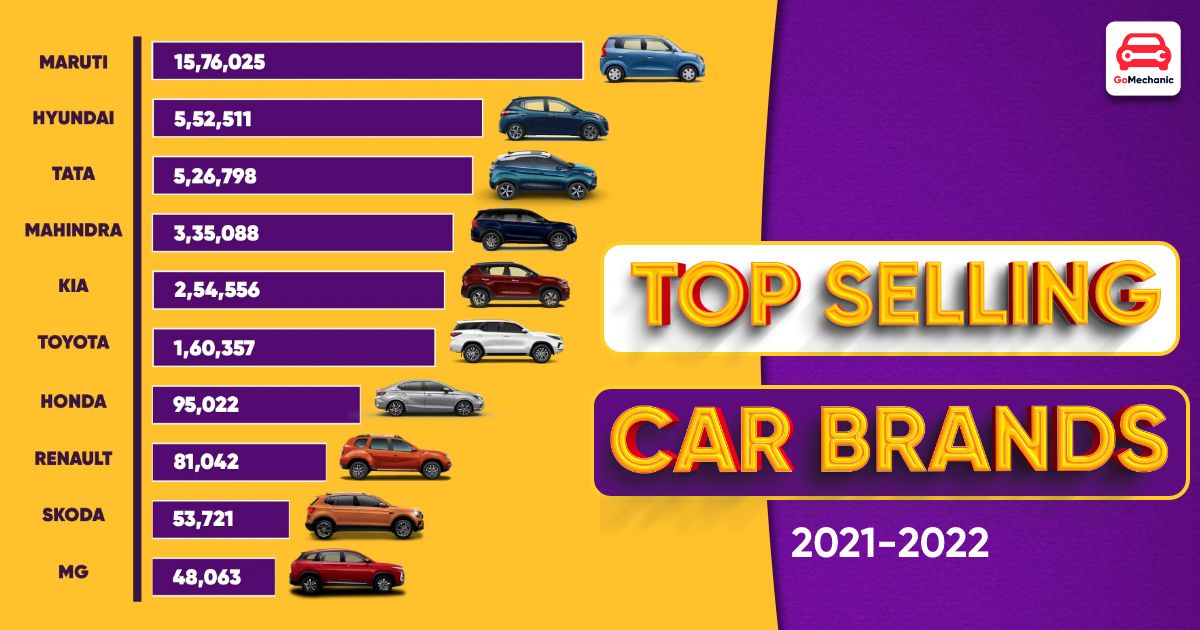
Shifting Tides: Brands Experiencing Growth and Decline
2019 wasn’t just about the top contenders; it also revealed significant shifts in fortunes for many brands.
Growth Stories:
- Tesla: Though still a niche player in terms of overall volume, Tesla’s growth in 2019 was phenomenal, driven by the ramp-up of Model 3 production and expanding global deliveries. Its success signaled a clear demand for premium electric vehicles and put pressure on traditional automakers to accelerate their EV strategies.
- Luxury Brands (e.g., BMW, Mercedes-Benz, Audi, Lexus): Many premium brands saw stable or even modest growth, largely due to their successful expansion into luxury SUV and crossover segments (e.g., BMW X-series, Mercedes-Benz GLC/GLE, Audi Q-series). Consumers were increasingly willing to pay a premium for comfort, technology, and status, even in a tightening market.
- Certain Chinese Domestic Brands: While the Chinese market as a whole declined, some local brands with competitive SUV offerings and aggressive pricing managed to carve out market share, signaling their increasing maturity and challenge to international players within their home turf.
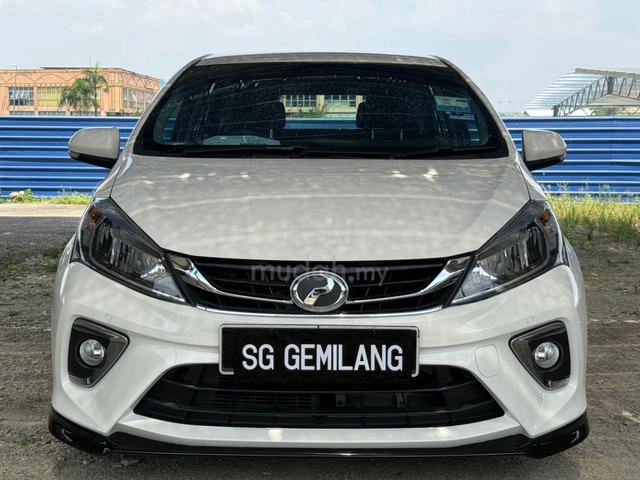
Challenges and Declines:
- Nissan: Nissan faced a particularly challenging year, with significant sales declines in key markets like the U.S., Europe, and China. This was attributed to an aging product lineup, increased competition, and the lingering effects of leadership turmoil following the Carlos Ghosn scandal, which impacted brand perception and strategic direction.
- Some Traditional Sedan-Heavy Brands: Manufacturers that were slower to pivot away from sedans or whose SUV lineups weren’t as competitive often saw declines. The consumer preference shift was undeniable and unforgiving.
- Brands Dependent on Specific Slowing Markets: Companies with heavy reliance on markets like China, which saw a considerable contraction, often experienced overall sales downturns unless they had strong compensating growth elsewhere.
Regional Market Dynamics and Brand Performance
The global nature of the automotive industry means that regional performance can significantly impact overall brand sales.
- North America: The dominance of trucks and SUVs continued unabated. Domestic brands like Ford and GM thrived in these highly profitable segments, while Japanese brands like Toyota and Honda maintained strong positions with their popular crossovers and sedans. European luxury brands also found success here.
- Europe: Faced with economic headwinds and stringent new emissions targets, the European market saw modest declines. Brands with strong compact car and SUV offerings performed better, and there was an early but growing push towards electrification, with brands like Renault and Volkswagen investing heavily.
- Asia-Pacific (Especially China): China’s market contraction was the most significant factor globally. Brands heavily invested in China, both foreign and domestic, felt the pinch. However, the sheer volume still made it a critical market for nearly all major players. Japan and Southeast Asia remained strong for Japanese brands, benefiting from established networks and reliable products.
- Other Regions (South America, Africa, Australia): These markets often faced unique economic challenges or specific consumer preferences (e.g., demand for durable, affordable vehicles in emerging markets). Brand performance here was highly dependent on localized product strategies and economic stability.
Key Trends Influencing 2019 Sales and Future Outlook
The sales data from 2019 wasn’t just about who sold what; it was a strong indicator of the foundational shifts that would define the industry for the next decade.
- The Unstoppable Rise of SUVs/Crossovers: This was the most dominant trend. Consumers globally preferred the higher driving position, perceived safety, and versatile cargo space of utility vehicles. Brands that quickly adapted their product lineups to this demand reaped significant rewards.
- Early Stages of Electrification: While still a small percentage of overall sales, 2019 saw notable growth in electric vehicle (EV) sales, primarily driven by Tesla. Traditional automakers began to announce aggressive EV investment plans and introduce their first mass-market EVs, signaling the start of a major transition.
- Technological Integration and Connectivity: Consumers increasingly sought advanced infotainment systems, driver-assistance features, and seamless smartphone integration. Brands that offered cutting-edge tech often gained an edge.
- Economic Volatility and Trade Policies: Geopolitical tensions and trade disputes directly impacted supply chains, manufacturing costs, and consumer confidence, forcing brands to be more agile in their global operations.
- Regulatory Pressures: Stricter emissions standards in Europe and China pushed manufacturers to invest heavily in cleaner powertrains, impacting product development cycles and costs.
Practical Advice and Actionable Insights
For anyone looking at the automotive industry, 2019 provided clear lessons:
- For Consumers: 2019 sales reinforced the value of versatility (SUVs), reliability (Japanese brands), and early adoption of new technology (EVs). When considering a vehicle, understanding these trends can inform choices about resale value and future relevance.
- For Industry Stakeholders: The year highlighted the critical importance of strategic agility. Companies that quickly adapted their product portfolios to consumer shifts (like the SUV boom) and invested in future technologies (like EVs) were better positioned for success. Diversification across global markets also proved crucial to mitigate regional downturns.
- For Investors: 2019 showed that traditional metrics alone were insufficient. Growth in new segments (EVs), profitability per vehicle (trucks/SUVs), and strategic investments in future technologies were becoming increasingly important indicators of long-term viability. Identifying brands with strong leadership and adaptable strategies was key.
Concluding Summary
The year 2019 was a fascinating and complex chapter in the automotive industry’s ongoing evolution. It was a year where global sales generally plateaued or declined, yet it simultaneously witnessed the undeniable ascent of SUVs, the significant, albeit early, surge of electric vehicles, and the intense competitive pressures brought by economic and geopolitical shifts. Major brands like Toyota and Volkswagen demonstrated resilience through diversified portfolios and strong product offerings, while others like Nissan faced significant headwinds. Ultimately, 2019 wasn’t just about the numbers; it was a bellwether, laying the foundational groundwork for the accelerated transformation that would define the industry in the years that followed, proving that adaptability and foresight are paramount in a rapidly changing world.
2019 Car Sales By Major Global Brands/Groups: An Overview
Please note: Global sales figures are often compiled from various industry reports and can vary slightly depending on the source and methodology (e.g., including light commercial vehicles vs. passenger cars only, or reporting wholesale vs. retail). The figures below represent approximate global sales for the respective groups/brands in 2019.
| Rank | Brand/Group | Approximate 2019 Global Sales (Units) | Change from 2018 (Approx.) | Key Market Strengths/Notes |
|---|---|---|---|---|
| 1 | Volkswagen Group | 10.97 million | -1.3% | Europe, China; Strong SUV lineup across VW, Audi, Skoda. |
| 2 | Toyota Motor Corp. | 10.74 million | +1.4% | North America, Asia; Dominance in hybrids, strong SUV sales (RAV4). |
| 3 | Renault-Nissan-Mitsubishi Alliance | 10.6 million | -5.6% | Global presence, but Nissan’s decline impacted overall alliance. |
| 4 | General Motors | 7.72 million | -7.1% | North America (trucks/SUVs), China (facing slowdown). |
| 5 | Hyundai Motor Group | 7.19 million | -3.6% | Strong in Korea, North America, India; SUV expansion. |
| 6 | Ford Motor Company | 5.38 million | -10.0% | North America (F-Series, SUVs); Phasing out sedans. |
| 7 | Honda Motor Co. | 5.32 million | -0.6% | North America, Asia; CR-V, Civic strong performers. |
| 8 | FCA (Fiat Chrysler Automobiles) | 4.42 million | -8.0% | North America (Jeep, Ram); Strong SUV/truck focus. |
| 9 | Daimler (Mercedes-Benz) | 3.34 million | +1.3% | Luxury SUVs globally; Strong in Europe, China. |
| 10 | BMW Group | 2.52 million | +1.2% | Luxury SUVs globally; Strong in Europe, China, North America. |
| 11 | PSA Group | 3.48 million | -10.0% | Europe; Strong SUV lineup for Peugeot, Citroën, Opel. |
| 12 | Suzuki Motor Corp. | 3.03 million | -3.2% | Strong in India (Maruti Suzuki) and Japan. |
| 13 | Tesla | ~0.367 million | +50.0%+ | Global EV leader; Model 3 ramp-up. (Note: Much smaller volume, but high growth rate) |
Disclaimer: Figures are approximate and compiled from various public reports and industry data sources. Specific definitions of "sales" (e.g., wholesale vs. retail, light vehicles vs. passenger cars) can cause slight variations between sources. Rank order may shift slightly based on the exact data set used.
Frequently Asked Questions (FAQ) about 2019 Car Sales By Brand
Q1: Which car brand sold the most cars globally in 2019?
A1: In 2019, Volkswagen Group and Toyota Motor Corporation were neck and neck for the top spot, both selling over 10 million vehicles globally. Depending on the exact reporting methodology, one typically edged out the other.
Q2: What was the biggest trend influencing car sales in 2019?
A2: The most significant trend was the continued and accelerated global shift from traditional passenger cars (sedans, hatchbacks) to SUVs and crossovers. Brands with strong, diverse SUV lineups generally performed better.
Q3: Did electric vehicle (EV) sales grow significantly in 2019?
A3: Yes, while still a small percentage of the total market, EV sales saw substantial growth in 2019, primarily driven by Tesla’s Model 3 production ramp-up. This signaled the beginning of a major shift towards electrification for the wider industry.
Q4: How did trade wars and economic slowdowns affect 2019 car sales?
A4: Trade tensions (especially between the U.S. and China) created uncertainty, impacted supply chains, and sometimes led to higher costs. Economic slowdowns in major markets like China and Europe directly reduced consumer demand, contributing to the overall stagnation or decline in global sales.
Q5: What long-term impact did 2019 sales trends have on the automotive industry?
A5: 2019 solidified the strategic importance of SUVs and signaled the undeniable rise of EVs, pushing traditional automakers to accelerate their investments in electrification and diversify their product portfolios. It also highlighted the need for global market diversification to mitigate regional economic downturns.


